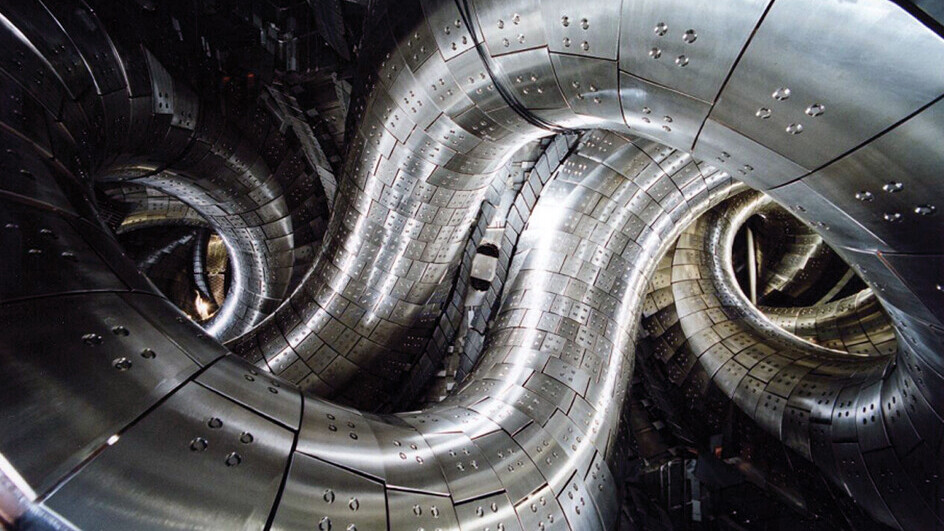
A German startup has secured its first investment to scale a bizarre twisted-looking fusion machine that could power the world with abundant, clean, and limitless energy.
Proxima Fusion raised €7mn in funding to build a device known as a stellarator, a little-known fusion reactor that could hold the key to unlocking the potential of atom-fusing power within our lifetime.
While the initial funding round was small, it is noteworthy because the startup is the first spinout from Germany’s esteemed Max Planck Institute for Plasma Physics.
The institute is solely dedicated to fusion research and is home to the world’s largest stellarator. Dubbed the Wendelstein 7-X, the machine is the result of 27 years of research and design (and €1.3bn of investment), aided by recent advancements in supercomputing and state-of-the-art plasma theory.

While the physics behind the machine is extremely complicated, what matters is that stellarators offer a number of potential advantages to the more popular doughnut-shaped tokamak — a design that has dominated the fusion sector for decades.
The twisted configuration of the superconducting magnets in a stellarator help to keep the super-heated plasma they contain stable enough to fuse nuclei and release energy. Even more crucial for a future fusion power plant, they can theoretically operate continuously, whereas tokamaks must stop periodically to reset their magnet coils.
However, stellarators are notoriously complex to design and build, which is why they were largely set aside in the 1960s in favour of their simpler cousin, the tokamak.
“A tokamak is kind of easy to design, hard to operate, whereas a stellarator is super hard to design but once you’ve designed it, it’s way easier to operate,” Ian Hogarth, co-founder of Plural Platform, which is leading the €7mn investment, told the Financial Times.
Since the German Chancellor at the time, Angela Merkel, turned on W7-X in 2016, it has achieved a number of scientific breakthroughs that are “basically defining the whole field of magnetic confinement fusion,” said Hogarth.
Fusion physicist Josefine Proll of the Eindhoven University of Technology is equally excited. “All of a sudden, stellarators are back in the game,” she said.
Proxima Fusion, aided by the initial investment, looks to take these developments commercial. Its CEO Francesco Sciortino believes that the startup’s connection to the Max Planck Institute, which has more people working on plasma physics than MIT, offers a unique advantage. “The question is, can we execute just as well, and really make this a European champion?” he asked.
While private investment has poured into tokamak pioneers — such as the likes of MIT spinout CFS, valued at over $2bn — recent breakthroughs in stellarator technology could pave the way for a new cohort of fusion startups like Proxima.
Type One, a spinoff from the University of Wisconsin-Madison, and Proxima’s only other competitor so far, raised $29mn in March from Bill Gates’ Breakthrough Ventures to develop a commercially viable stellarator.
While the stellarator startup scene is powering up, Thomas Klinger, director of the Max Planck Institute’s Greifswald branch, cautioned that commercially viable operations could still be 25 years away.
However, if the technology can deliver on the promise of limitless, clean energy — then it’s probably worth the wait.
If you, like me, would really like to nerd out on stellarator technology a bit more, check out this fascinating explainer from the Max Planck Institute:
Get the TNW newsletter
Get the most important tech news in your inbox each week.




